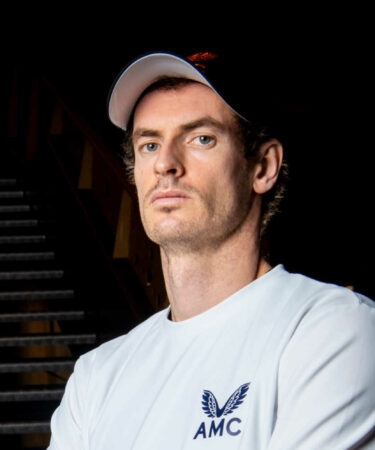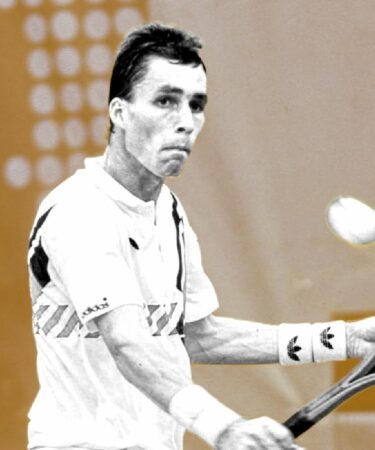Andy Murray-Ivan Lendl part 3: What happened before and what we can expect
Andy Murray and Ivan Lendl are to work together for the third time. Tennis Majors looks back at their first two spells together and what could happen third time around
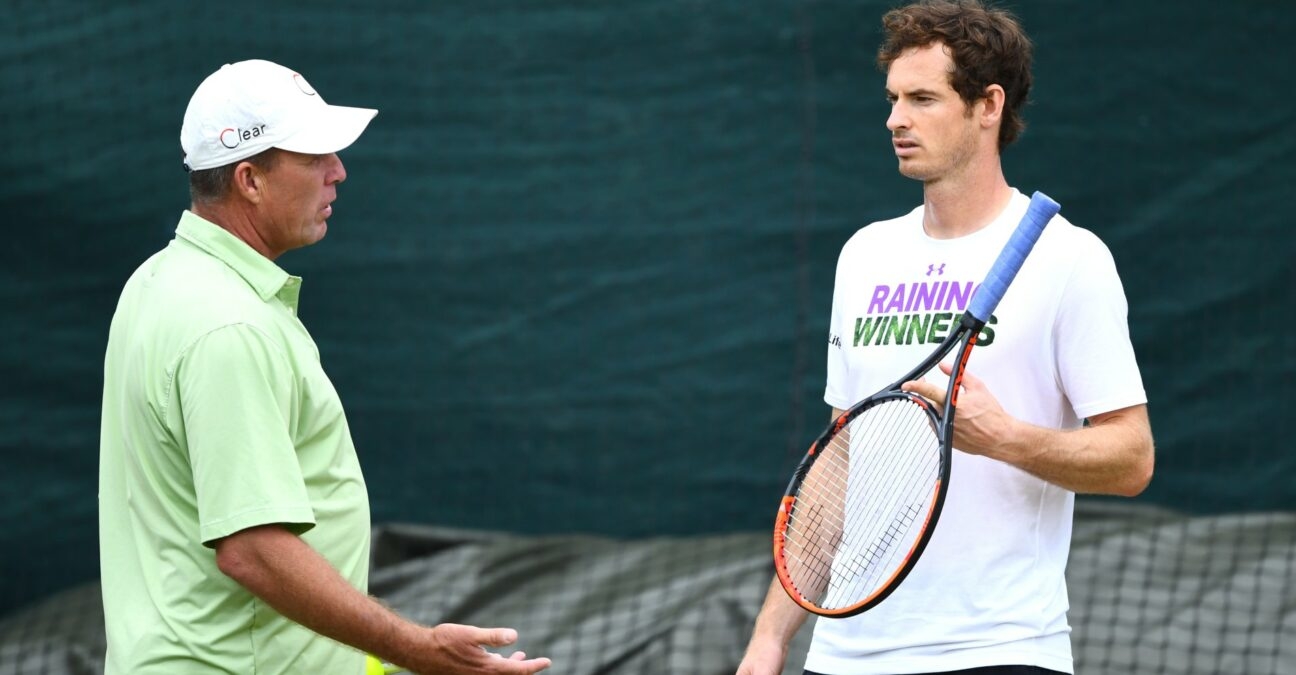 BPI / Panoramic
BPI / Panoramic
Andy Murray‘s decision to hire Ivan Lendl for the third time will doubtless have surprised a few people but given their success in the past, perhaps it’s the logical choice as the 34-year-old Scot tries to recapture some of his former glories.
Murray remains confident that he can play at a high level, on a more consistent basis than he has managed in recent times, and Lendl has been there and done it twice before. Here’s a look back at what Lendl did for Murray in their first two spells together, and what impact he might be able to make third time round.

Part 1: 2011-2014: Two Grand Slams, Olympic gold medal
Murray first chose to hire Lendl in December 2011, hoping that the former world No 1 would be able to do for him what he managed to do in his own career. Lendl lost his first four Grand Slam titles before turning his career around to win eight Grand Slams and become world No 1. Murray had lost his first three slams at that stage and then lost a fourth at Wimbledon in 2012.
It was then that Lendl really earned his significant fee. The Czech-born American, who lost his first four Grand Slam finals but went on to win eight and become the strongest player, mentally and physically, had instilled renewed belief in Murray. After the Scot tearfully addressed the crowd at Wimbledon after losing to Roger Federer, the former world No 1 told him he should be proud of himself.
Just three weeks later, Murray was back at Wimbledon and with an Olympic home crowd firmly behind him, he crushed Federer in the final to win his first really big title.
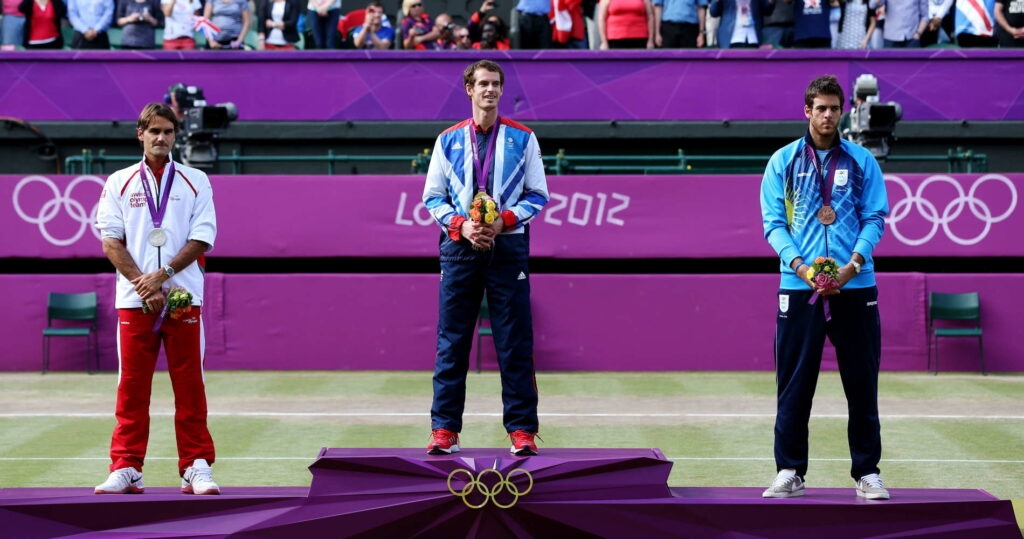
Playing with more aggression than before, especially from the baseline, Murray then began to play with even more belief and at the US Open in 2012, he won his first Grand Slam title, beating Novak Djokovic in the final.
That opened the door for Murray and in 2013, he won his first Wimbledon title, again beating Djokovic for the title, a win which ended 77 years of pain for British male players, dating back to the last of Fred Perry’s three titles in 1936.
Part 2: 2016-17: Second Wimbledon, second Olympic gold, No 1 ranking
After splitting with Lendl in 2014, Murray enjoyed plenty of success – including leading Britain to victory in the Davis Cup in 2015. But he also lost three more Grand Slam finals, at the Australian Open in 2015 and 2016 and then, a first French Open final the same year, leaving his record in slam finals as 2-7.
Murray re-hired Lendl in June 2016 and the move immediately worked, the Scot winning his second Wimbledon title, beating Milos Raonic in the final.
The second half of 2016 was a Murray masterclass. Not only did he win a second Olympic gold medal, beating Juan Martin del Potro in the final, he went on a tear, winning titles in Cincinnati, Beijing, Shanghai, Vienna, Paris and finally, the ATP Finals in London where his win over Djokovic in the final made him the world No 1 for the first time.
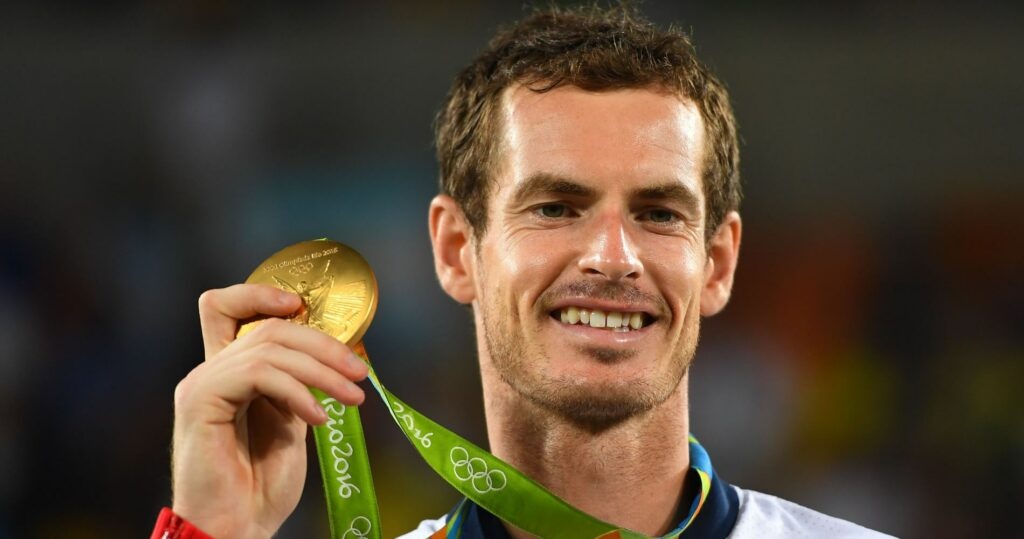
Part 3: 2022-?: A changed landscape, all about belief
Murray’s decision to re-hire Lendl came somewhat out of the blue. He’d had trials with Esteban Carril and Jan De Witt lately but neither gelled, but few saw a third go with Lendl coming.
And it will be fascinating to see what impact Lendl can have this time round. Before, he was dealing with a super-fit athlete, able to operate at 100 percent every day, who pushed himself to incredible highs and who, with Lendl’s help, became a Grand Slam champion.
This time round, Lendl will be working with Murray for the first time since his metal hip was inserted in January 2019. What Murray has been doing on the court is little short of miraculous, breaking new ground for sportsmen and women who have had this kind of hip operation.
But Murray is a perfectionist and though he’s beaten some high-quality players in the past year and played tennis of a high quality on many occasions, he has been left frustrated by the fact that he’s not been able to sustain that level long enough.
Lendl also suffered from injuries later in his career so will surely have some empathy with what Murray’s going through. He’ll re-instil that inner belief that Murray had, he’ll tell Murray he’s capable of mixing it with the very best and he’ll be strategic with his planning, focusing, perhaps on tournaments where he feels Murray has the best chance of doing well.
At 34, with a 35th birthday to come in May, it’s unlikely that Murray is going to suddenly change his playing style, but going back to Lendl means he’s working with someone he trusts. From Lendl’s point of view, it’s also a risk, in some ways, because he may not be able to succeed this time round, at least not in as dramatic a fashion as he did in their first two spells.
But the mere fact that someone like Lendl, with all his success, money and no need to work at all, has chosen to work with him again should also give Murray a lift. Wimbledon, with shorter points, quicker matches and a day off between, is likely to be his best opportunity of a big run. If he believes, then maybe big things can happen again.


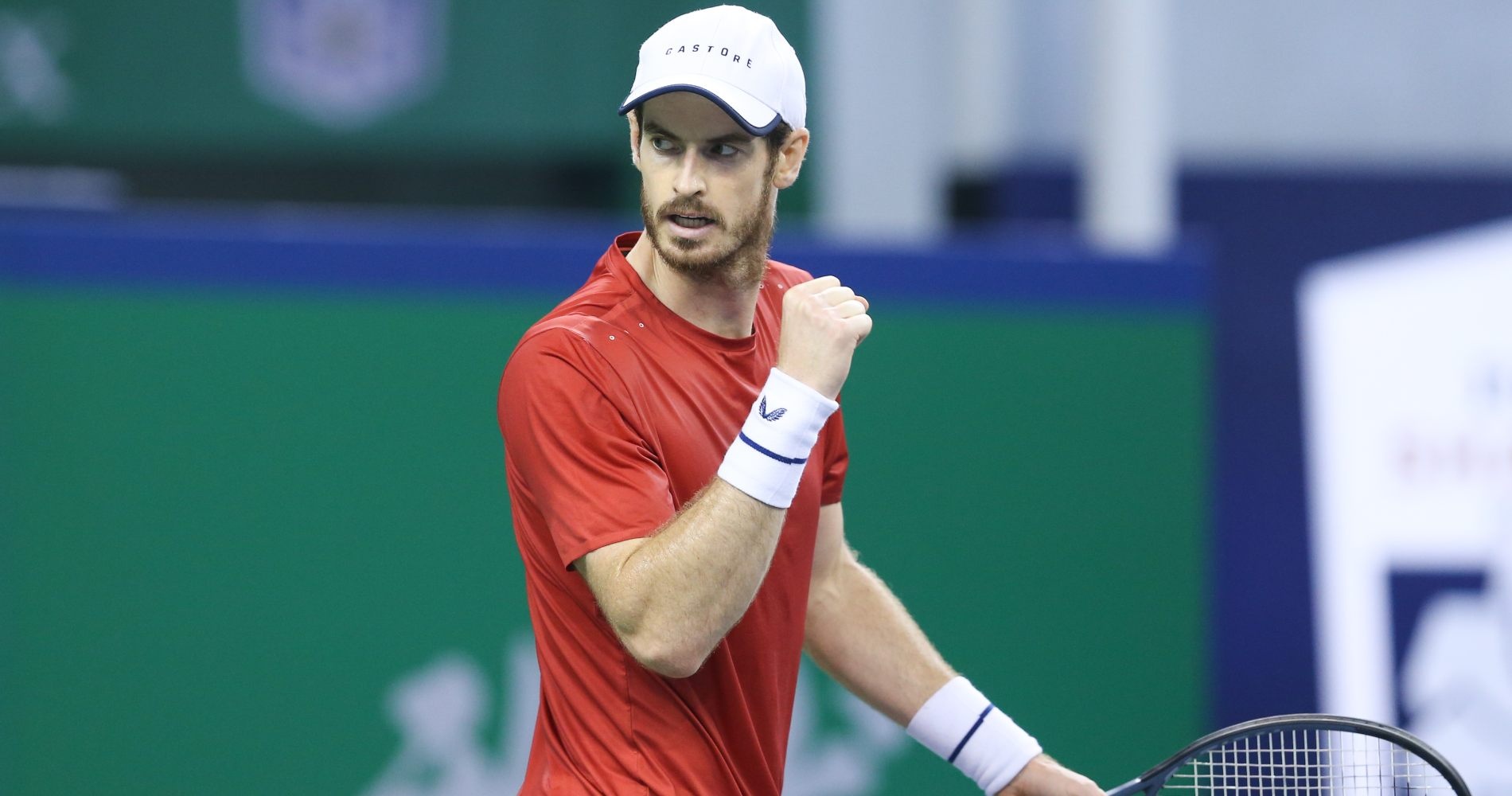
People in this post
More tennis news
Sinner not stressed by CAS ruling on WADA appeal: “I’m very positive of how it’s going to be”

World No 1, Cervara, Russia: Everything you always wanted to know about Daniil Medvedev (but never had time to find out) – updated after 2024 ATP Finals loss

Medvedev reflects on trophyless 2024: “6 and a half out of 10 season”

Players, prize money, dates, tickets: Everything you always wanted to know about the 2024 ATP Finals (but never had time to find out) – updated after Day 5

ATP Finals: Sinner beats Medvedev to knock Russian out of contention, Fritz through



